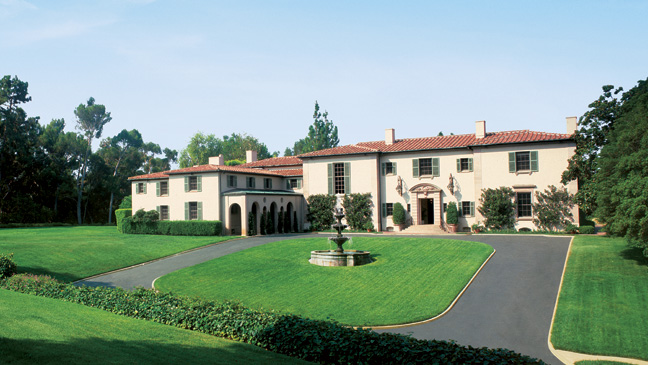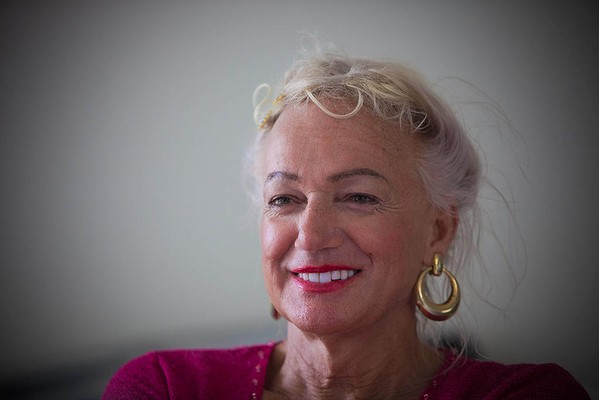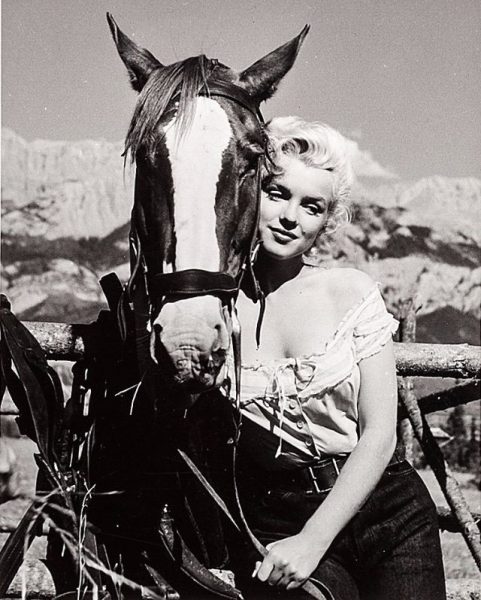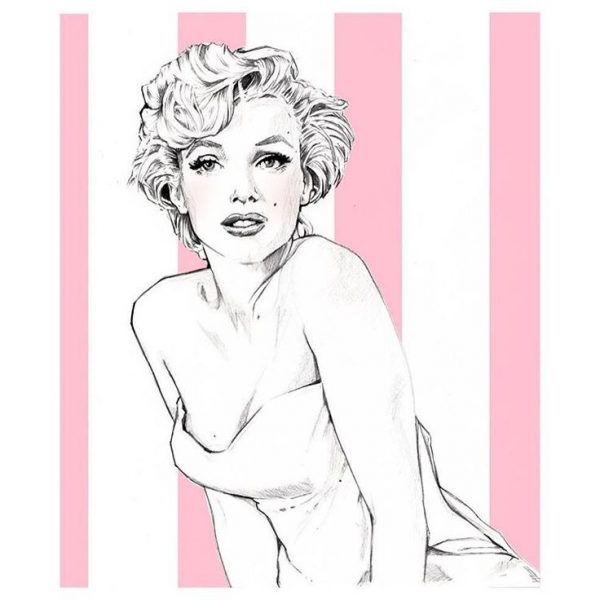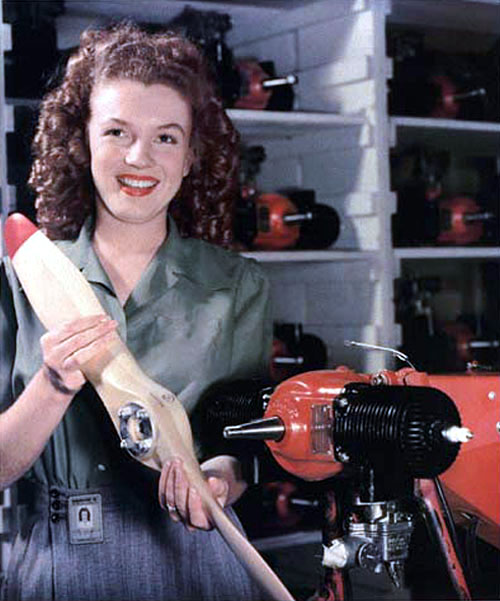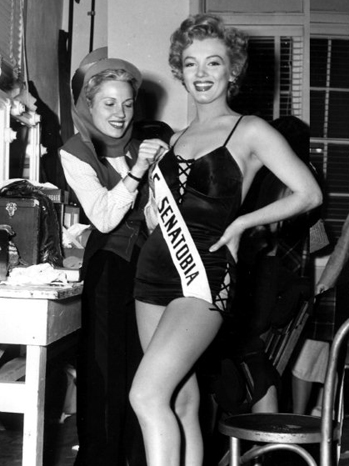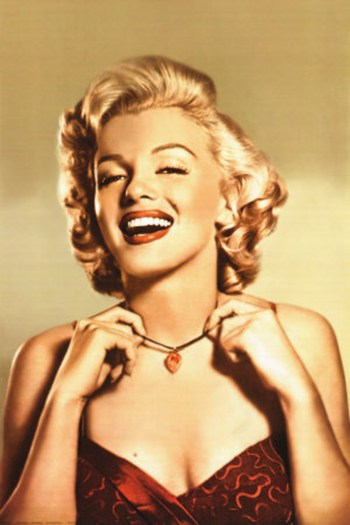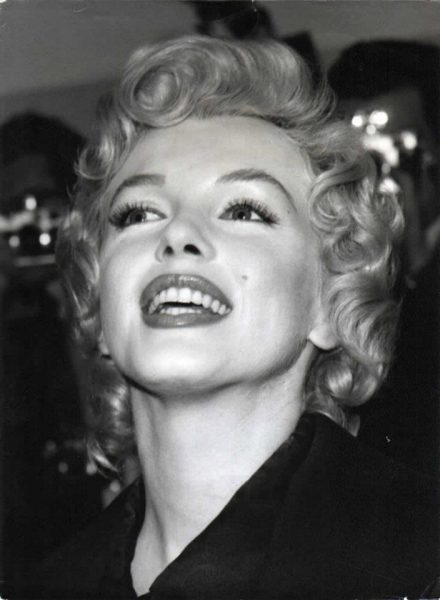
An extract from Colin Clark’s My Week With Marilyn – reissued to tie in with the new film adaptation – is published in today’s Mail on Sunday. (As I’ve mentioned here before, I don’t believe Clark was intimate with Marilyn, though he did indeed work on The Prince and the Showgirl.)
“I’ve met all sorts of famous people, but Marilyn is different. Her aura is incredibly strong and in the flesh is almost more than one can take. When I am with her my eyes don’t want to leave her. It is a feeling one could easily confuse with love. No wonder she has so many fans and spends most of her time shut up at home. She seems frightened. I know I must not add to those persecuting her, but it is my job to assist her and I can’t resist being in her orbit.”
